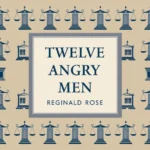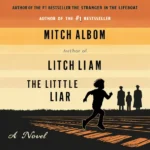Introduction to “Lord of the Flies”
In the realm of classic literature, few works have captivated readers and sparked discussions as intensely as William Golding’s “Lord of the Flies PDF .” This timeless novel, first published in 1954, takes readers on a journey to a deserted island where a group of young boys grapple with the complexities of human nature.
| Name of PDF | Lord of the Flies |
|---|---|
| No Pages | 251 |
| Author | William Golding |
| Originally Published | 17 September 1954 |
| Language | Klaus Schwab, Thierry Malleret |
| Genres Characters | Novel, Historical Fiction, Allegory, Young adult literature, Psychological Fiction Jack, Piggy, Ralph, Simon, Sam, Roger, Eric |
| Size | 5.41 MB |
| latest edition |
Table of Contents
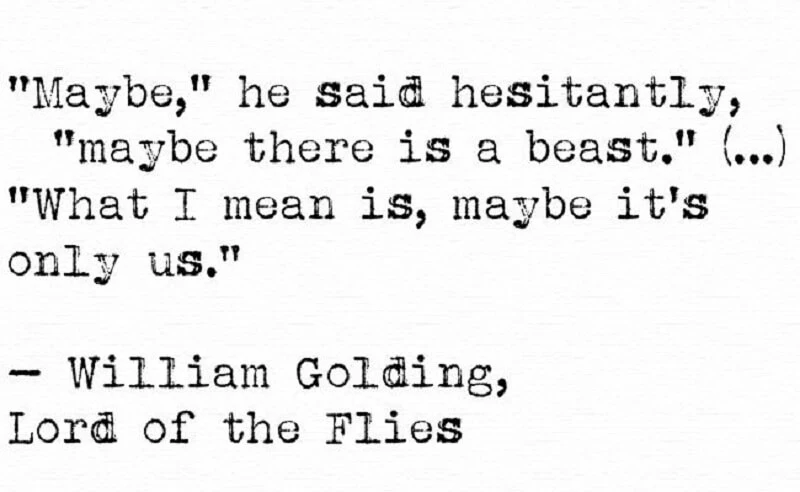
more novel The Yield PDF
Plot Summary
The story unfolds on a remote island where a group of British boys finds themselves stranded after a plane crash. Led by the charismatic Ralph and the power-hungry Jack, the boys attempt to establish order and civilization. However, as tensions rise and primal instincts take hold, their society descends into chaos and violence.
Themes Explored
At its core, “Lord of the Flies” delves into the eternal struggle between civilization and savagery. Through the boys’ experiences, the novel explores themes of morality, the loss of innocence, and the innate darkness within humanity. As the boys confront their fears and desires, readers are confronted with profound questions about human nature.
Symbolism in “Lord of the Flies”
Golding masterfully employs symbolism throughout the novel to convey deeper meanings. The conch shell, a symbol of authority and order, represents the boys’ fragile attempt to maintain civilization. Conversely, the beast symbolizes the primal instincts lurking within each of them, while Piggy’s glasses serve as a metaphor for the fragility of intellect and reason.
Character Analysis
Central to the narrative are the compelling characters crafted by Golding. Ralph, the embodiment of democracy and rationality, clashes with the ruthless and power-hungry Jack. Piggy, with his intellect and wisdom, serves as Ralph’s closest ally, while Simon emerges as a figure of empathy and insight amidst the chaos.
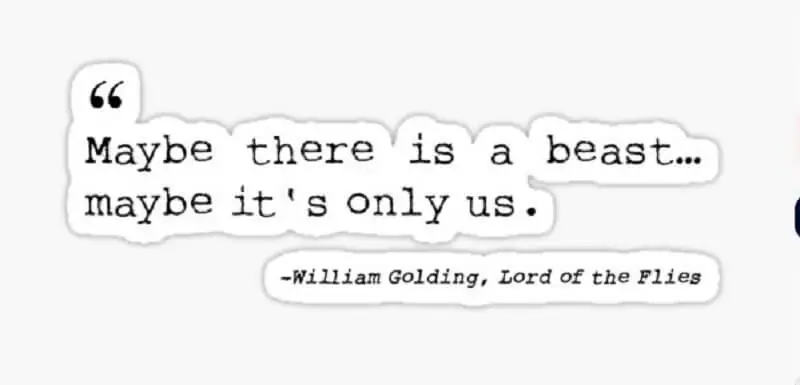
Literary Devices Used
Golding employs a range of literary devices to enrich the narrative and convey its deeper themes. From foreshadowing that hints at the boys’ descent into savagery to allegorical elements that reflect broader societal dynamics, “Lord of the Flies” is a masterclass in storytelling. The novel’s use of irony further underscores the complexities of human behavior and the inherent contradictions within society.
Influence and Impact
Since its publication, “Lord of the Flies” has left an indelible mark on literature and popular culture. Praised for its exploration of human nature and societal dynamics, the novel has been studied in classrooms around the world. Its influence extends beyond the literary realm, inspiring numerous adaptations in film, television, and theater.
Contemporary Relevance
Despite being written over half a century ago, “Lord of the Flies” remains remarkably relevant in today’s world. Its themes of power, morality, and the fragility of civilization continue to resonate with readers, offering valuable insights into the human condition. As society grapples with its own challenges, the novel serves as a poignant reminder of the dangers of unchecked power and the importance of empathy and reason.
Conclusion
In conclusion, “Lord of the Flies” stands as a timeless masterpiece that continues to captivate and provoke readers. Through its gripping narrative and profound themes, William Golding’s novel forces us to confront the darker aspects of human nature while offering hope for redemption and renewal.
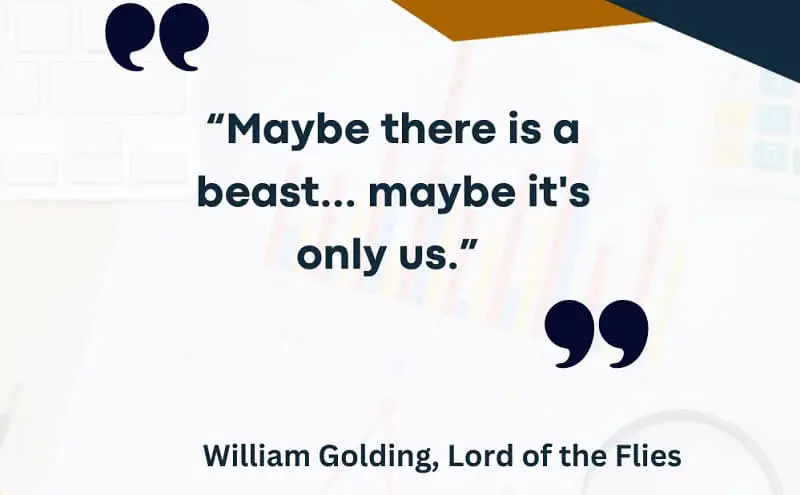
FAQs about Lord of the Flies PDF
Is “Lord of the Flies” based on a true story?
No, “Lord of the Flies” is a work of fiction, although it is inspired by Golding’s experiences during World War II.
What is the significance of the title “Lord of the Flies”?
The title refers to a literal translation of the word “Beelzebub,” a demon associated with chaos and disorder in Judeo-Christian tradition.
What age group is “Lord of the Flies” suitable for?
While “Lord of the Flies” is often studied in high schools and universities, its themes and content may be more appropriate for older readers.
Why does the novel focus on boys instead of girls?
Golding chose to focus on boys to explore themes of masculinity, power, and aggression within the context of societal structures.
Are there any sequels or prequels to “Lord of the Flies”?
No, “Lord of the Flies” stands alone as a singular work, although there have been adaptations and reinterpretations in various forms of media.
How disturbing is Lord of the Flies?
the suggestion that English schoolboys, brought up to be polite and respectful, can so quickly and profoundly degenerate into utter savagery that they end up killing some among them
Should a 13 year old read Lord of the Flies?
written for ages 13 and up
Why was Lord of the Flies banned?
a disturbing message equating humans with animals, offensive language, and claims of racism, sexism, ableism, and anti-religious implications.
What is the Lord of the Flies book about?
a group of schoolboys isolated on a coral island who revert to savagery



